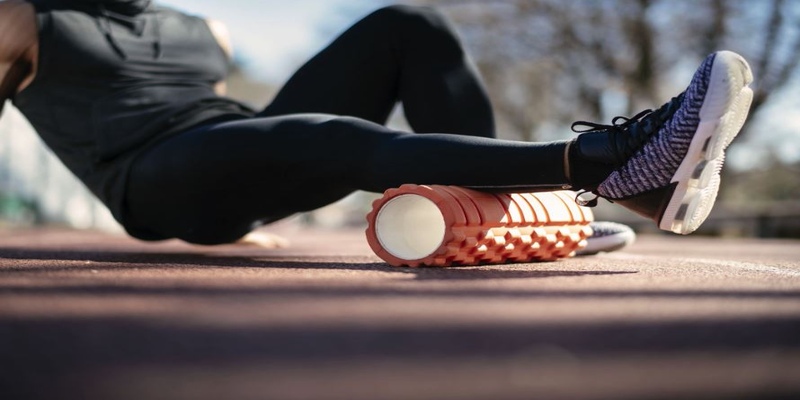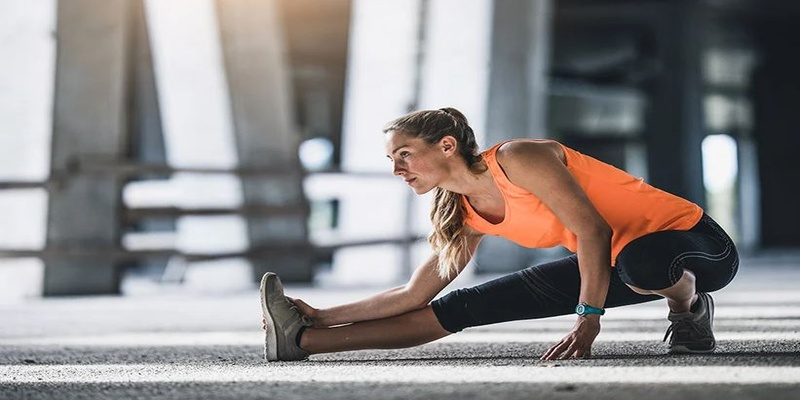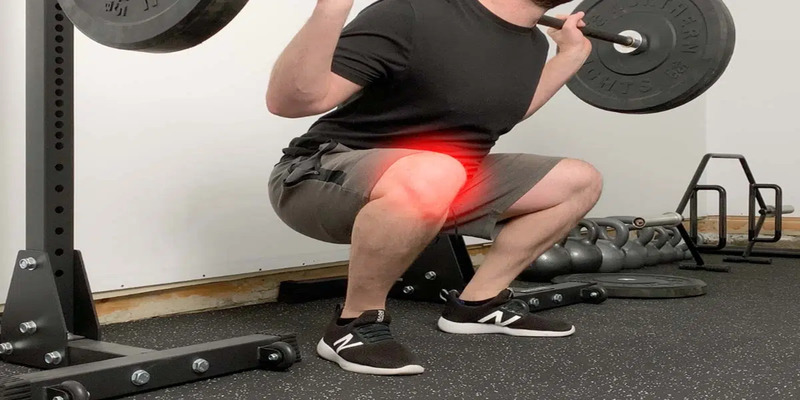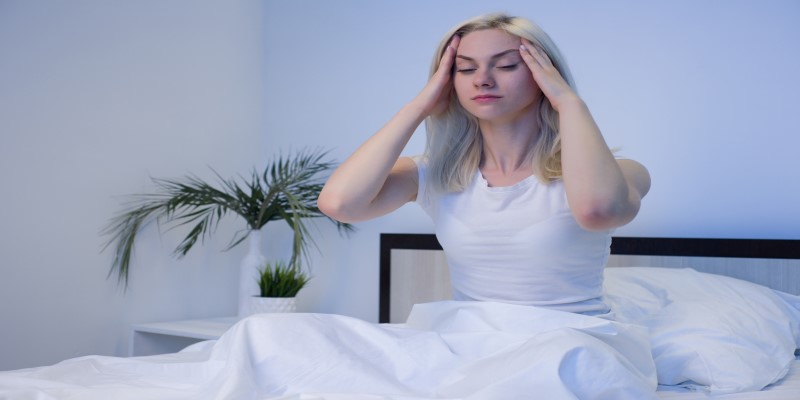You did a workout and felt regret right after it. Well, that could be muscle soreness causing pain in your legs. Although stiff legs after exercising are standard, sometimes it feels unbearable and can cause frustration.
This gives rise to the question of how to relieve leg stiffness. No worries; we have hand-picked some of the best ways to alleviate leg stiffness after a workout. By the end of this article, you will know how to relieve sore and stiff legs after exercising, how to prevent it, and what causes it.
When you work out, you put a load on your particular body parts. This causes tiny micro tears in the muscles. Murray says, "Though micro-tears are not a big deal and help with muscle growth. However, they can be the reason behind muscle soreness."
With time, these small tears in muscles build back again. The newer ones are much more powerfully built and robust than the previous ones. But they demand a price in the form of severe pain.
The healing process of these tiny tears causes soreness and leg pain. Remember that if you feel exhausted immediately after a workout, that is muscle fatigue because soreness does not happen right after you complete the exercise. Instead, it occurs sometime after, which is called delayed-onset muscle soreness.

Here are a few tips for easing sore legs after intense exercise.
Health professionals highly suggest an Epsom salt bath for reducing muscle soreness. Esposin salt, also called magnesium sulfate, is known to be the best treatment for sore legs and relieving pain.
The substance helps to relax stiff muscles, letting you have a good time far from the pain caused by soreness. Consider taking a bath with Epsom salt added to it.
Fill a bathtub or bucket with hot water. Add ten tablespoons of Epsom salt. Put your feet in the bucket you prepared or lie in the bathtub. Stay like that for at least 15 minutes.
A study shows that massaging your legs helps with post-workout relief, swelling, and pain. For this purpose, foam rolling is the best way to relieve sore and stiff legs after exercise.
It is basically a messaging technique that reduces muscle tightening and helps with better blood flow. While doing it, you are supposed to focus specifically on the area that feels the most stiff and tight.
Firstly, locate which part of your legs feels the most sore and stiff and put the foam roller underneath it. Gently roll your leg on it. Stop for a second at the point that feels the tightest. Keep doing it for 2 to 3 minutes.
Hot and cold therapies effectively alleviate leg stiffness after a workout.
Cold therapy involves putting ice on the area of the leg that is in pain and swollen. The coldness decreases the blood circulation of that specific area and numbs it down, reducing the pain and swelling.
On the other hand, hot therapy helps to loosen up the tight and stiff muscles of the legs by improving blood flow. It works great for motion recovery and helps relax the muscles.
Both therapies are good options for sore legs. Both reduce pain and stiffness. You have to notice which one works best for you.
In addition, a range of cold and heat packs is available on the market. You can also warm up a towel instead of a heating pack using hot water, while ice wrapped in a towel can substitute for an ice pack. Whether you are doing hot or cold therapy, do either for at least 20 minutes.
Staying hydrated is extremely important for recovering from sore legs. It helps with fluid movement, which reduces inflammation. It is recommended to drink eight glasses of water daily.

If you have too much pain due to a sore leg, you probably want to skip a day of working out. But in reality, doing simple stretches will actually help you recover fast.
You can do a leg swing or lunges for a hamstring stretch. These will help you maintain good blood flow and help the stiff muscles loosen out. Just make sure you are not doing an intense one, as it can worsen the situation.
Here is how you can prevent sore and stiff legs after exercising in the future.
It is crucial to engage in a warm up routine before any workout. Warming up improves blood circulation. It also signals to the muscles that an intense workout is coming up. Additionally, it reduces the risk of injuries. So, make sure to warm up first.

It is not a good idea to immediately lay down after intense exercise, as it can cause pain later. Instead, end your routine with some light stretches. Additionally, these help release the tension in the muscle.
It usually takes stiff and sore legs around three days to recover. However, if you follow the guide, you can also recover quicker and feel better earlier. If you still have too much leg pain after three days, it is better to consult a doctor for a proper checkup.
Did you get your answer on relieving sore and stiff legs after exercising? Above, we have discussed plenty of ways to help you with that problem. Not only do newbies feel soreness, but sometimes professionals also feel it, especially when trying a new workout.
To prevent such conditions in the future, it is better to look after things that would help you avoid leg stiffness, such as doing a warmup before a workout and light exercise afterward.

By Triston Martin/Sep 06, 2024
By Celia Shatzman/Sep 17, 2024

By Darnell Malan/Sep 24, 2024

By Madison Evans/Sep 22, 2024

By Jennifer Redmond/Sep 24, 2024

By Vicky Louisa/Sep 05, 2024

By Celia Shatzman/Sep 18, 2024

By Verna Wesley/Oct 29, 2024

By Noa Ensign/Sep 18, 2024

By Celia Kreitner/Sep 24, 2024

By Georgia Vincent/Sep 24, 2024
By Jennifer Redmond/Sep 22, 2024